ANYWAY, composing a picture and graphic design are my artistic weaknesses. Also I have zero patience for technical stuff (like aperture, ISO, etc.). There is nothing about me that is a natural photographer.
But since having children I've learned a lot--partly because I always have something (someone) to photograph now, partly because I'm cheap and want to save money by taking my own pictures, and partly because we have a semi-nice camera (not a D-SLR...which I now long for). I finally have motivation to actually listen to my sweet husband when he patiently demonstrates ISO and shutter speed and a million other things that our camera can do on the Manual setting (which I now use exclusively).
I could never explain most of what I've learned very well. It's all so...technical. I don't really get what it all means....I just know what works and what doesn't (kind of). The only photography lesson I can really explain is LIGHT. Pretty much...natural light=good; indoor light=difficult (but not necessarily bad). It's no coincidence that many of my blog pictures are outside shots. They just turn out so much better. Indoor shots often require a flash so the subject is not blurry from moving during a slow shutter speed (at least with a camera like mine that's not super-duper)...because it takes the camera longer to take a darker picture, so the subject usually moves a bit, causing a blurry photo...but using a flash is yucky too, making the subject look flat and unnatural.
Case in point: today, I wanted a shot of Arden eating her lunchtime yogurt. She was just so cute! But our dining room is one of the darker areas of our house. Here's the first shot I took:
Cute! But grainy and back-lit. Very poor quality shot.
A few years ago, I would have just kept adjusting my settings to try to work this one out. But now I know better. Instead of fighting my camera, I turned Arden's high-chair around so she was facing the light that was behind her before (towards the window in our kitchen). I kept all the camera settings the same (same speed, etc.). Here's what I got:
Amazing difference, isn't it? (She was so absorbed in her lunch I don't even think she noticed that I moved her. She is so proud and excited to be eating her yogurt like a big girl, she makes little sounds of happiness with every bite. So funny.)
Anyway--it's not rocket science. It's quite simple. But I'm so glad I've finally learned to stop expecting my camera to do something it's not able to do.
I have a loooong way to go, and so much more to learn with photography. But if I can get good (even half-way good) light, the battle is halfway over.
I'll leave you with one more:
Good light. Pretty much amazing, isn't it?






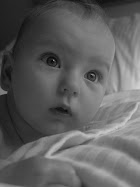
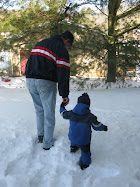
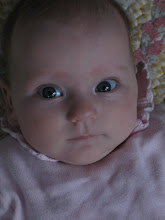

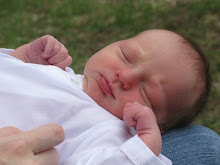


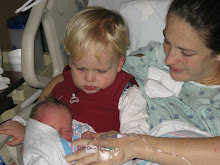





No comments:
Post a Comment